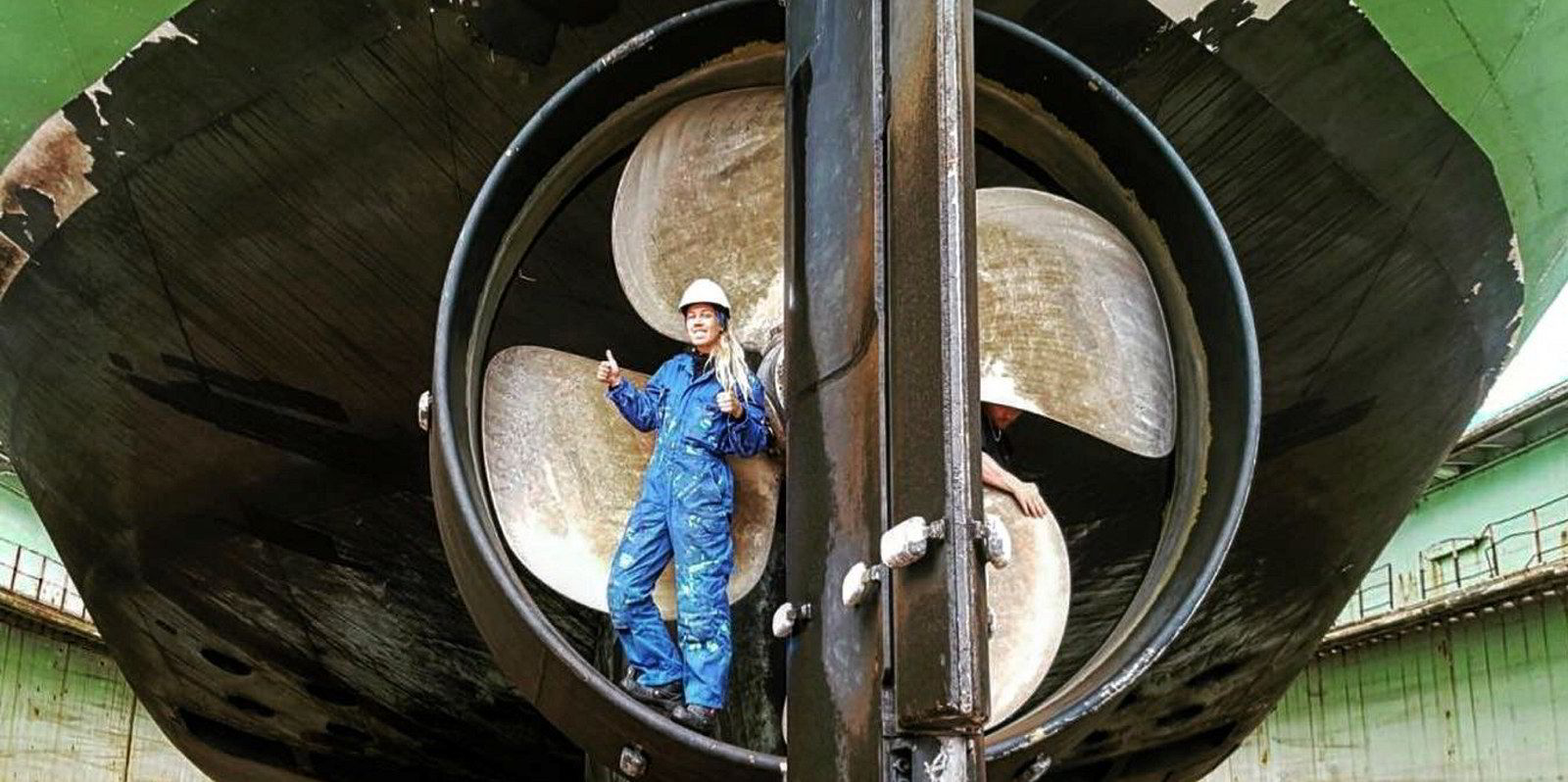When Taylor Maritime Investments (TMI) carried out the first initial public offering in London for a shipping company in four years, another achievement seems to have gone unnoticed.
Of the executive team named in its IPO prospectus, half are women. The board of directors is also equally divided, with three men and three women.

Shipping companies should now be on notice: it is entirely possible to have gender balance in the boardroom and in the C-suite today.
It is not clear whether the diverse cast at TMI, a spin-off of Hong Kong-based Taylor Maritime, helped it to draw investors to its IPO. But it could not be anything but a plus at a time when investors are increasingly interested in environment, social and governance (ESG) matters.
But gender diversity is a major challenge for shipping when it comes to the "S" in ESG.
The gap between the number of men and women in shoreside shipping has narrowed considerably, but there remains a yawning chasm when it comes to top-level management jobs.
A study carried out in January by recruitment firm Spinnaker Global and the Maritime HR Association found that in 2020, 45% of shoreside posts were held by women.
Sounds surprisingly equal, right?
Hardly equal
Look closer at the numbers and you will see that the positions those women are in, and the pay they receive, is far from balanced.
Just 5% of executive roles are filled by women, the study showed. Just pause for a moment to think how small that percentage is.
Look far down the corporate ladder, and you find that 60% of the junior, trainee and administrative rolls are filled by women.
Shipping's balance of power is vastly off-kilter, and that shows in the pay cheques.
The jobs that have less female representatives are also the roles that have the highest salaries, Spinnaker's Sarah Hutley wrote in the study.
In addition to executive teams in shipping, chartering and freight trading, shipbroking, technical divisions and newbuilding departments all have less than 20% of the their jobs filled by women.
In the UK, some 53% of shoreside maritime jobs are filled by women.
Yawning pay gap
Yet a separate gender pay study by the same two organisations found that the average male employee earned £67,000 ($95,000), well above the average salary of £38,500 for female workers.
Closing that gap requires much more than superficial notions of equality. Companies cannot just claim to treat everyone the same and then cite the lack of female candidates for higher-paying jobs in the shipping industry.

They must go further by acting proactively to provide equity — that is, recognising the different circumstances that women face to ensure equal outcome.
Maritime outfits need to stop blaming women for their absence in shipping and start accepting responsibility for it themselves.
Making shipping appealing
Companies across the industry need to make shipping a more welcoming and appealing place for women to work in and to provide work environments that make them want to stay.
The good news is the working policies that the response to Covid-19 has shepherded into the industry's offices may have opened an opportunity to do some of that, provided these new flexible approaches stay when the pandemic fades.
"It’s a perfect time to promote improved work-life balance and shared family responsibilities for all employees," said Spinnaker's Hutley. "With less onus on visibility and more focus on results, this is a chance to drive productivity in a way that works for the modern, mobile workforce."
Across the Taylor Maritime group, the gender breakdown looks not unlike the broader shipping industry: 17 men and 10 women. But chief executive Edward Buttery said diversity is part of the company's ESG goals.
Buttery said what drove success of the oversubscribed IPO was building a talented team of people who each brought their own skill sets. That includes chief financial officer Yam Lay Tan and chief strategy officer Camilla Pierrepont, who he described as critical to that achievement.
We do not know if presenting a 50% leadership team to investors also played a role in the IPO's success.
But we do know this: significantly greater gender balance in top executive and director-level positions is possible, and any reasons given for not taking meaningful steps to achieve that should be dismissed as mere excuses.





